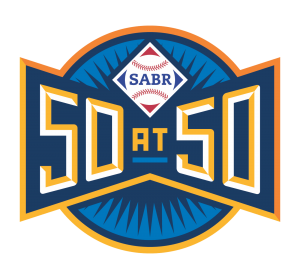SABR 50 at 50: Off-Field Figures
As part of the SABR 50 at 50 project to commemorate the organization’s fiftieth anniversary, we present 50 of the most significant Off-Field Figures for the past 50 years.
While the players take center stage in most baseball discussions, many others have made a significant impact on the game off the field. These individuals have indelibly marked the way the game is played, watched, understood, enjoyed, governed, and bankrolled.
In creating this list, we have mostly shied away from people whose legacies are still being written, like Commissioner Rob Manfred and MLBPA executive director Tony Clark, or individuals associated with a single event, such as investigator John Dowd.
There is, of course, something a little arbitrary in choosing a list like this, filled with not just owners and commissioners but general managers, field managers, coaches, umpires, writers, announcers, doctors, mascots, and numerous others associated with baseball. Our hope is that you enjoy deliberating the impact of these newsworthy individuals.
We invite you to read the list and the short description for each of the people included. Click on the title to read stories from the SABR BioProject or other baseball authors about these figures.
— Compiled by Dan Levitt and Mark Armour, with assistance from Carl Riechers and Scott Bush
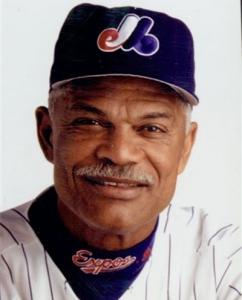
Felipe AlouAfter a 17-year major league career as a player and roughly 15 years as a coach and minor league manager, in 1992 Alou became the first Dominican-born manager in major-league history. Despite not getting his shot until he was 57 years old, the highly respected Alou became the winningest manager in Montreal Expos history; combined with his later tenure with the Giants, Alou won more than 1,000 games. |
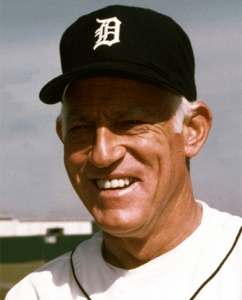
Sparky AndersonThe first manager to win a World Series in both leagues, Anderson skippered Cincinnati’s legendary Big Red Machine in the 1970s and the Detroit Tigers during the 1980s. Overall he won three World Series and five pennants and ranks sixth all-time in wins. With the Reds Anderson was nicknamed “Captain Hook” for his penchant for removing starters early and entrusting the game to his bullpen. |

Roger AngellAngell began writing baseball pieces for The New Yorker in 1962, and in subsequent decades has been the most respected chronicler of the sport. His first book collection, The Summer Game, was published in 1972, mere months after SABR’s founding, and several more outstanding books followed. He was the first magazine writer to be honored with the J.G. Taylor Spink Award at the Baseball Hall of Fame in 2014. |
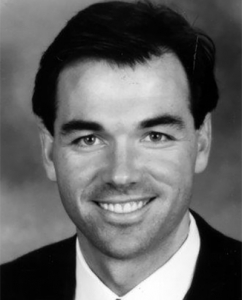
Billy BeaneImmortalized by Michael Lewis in Moneyball and depicted by Brad Pitt in the 2011 movie adaptation, longtime Oakland A’s GM Beane became the face of the analytics movement. Supported by sabermetrics, Beane overcame the limitations of a low-payroll, low-revenue team to make multiple postseason appearances in the early 2000s and has maintained a competitive franchise ever since. |
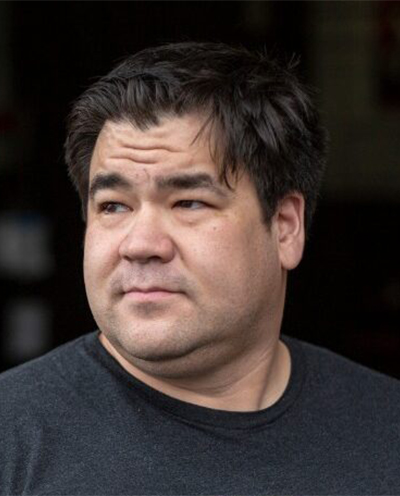
Kyle BoddyAs the founder of Driveline Baseball, a baseball instructional facility based near Seattle, Boddy is one of the first and most respected of a new generation of technologically and analytically inclined baseball coaches. Boddy started working with professional ballplayers independently, most notably with pitcher Trevor Bauer, and has since joined the Reds organization. |

Scott BorasOne of the most powerful people in baseball, agent Boras has represented many of the top stars in the game. His negotiating style often encourages detractors, but he gets top dollar for his clients and has gained strong loyalties among the players he represents. A tireless worker and original thinker, Boras has carved out a unique niche within baseball. |
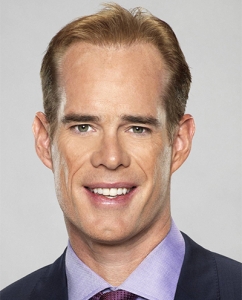
Joe BuckThe son of celebrated announcer Jack Buck, Joe became a star in his own right. As the lead play-by-play announcer for Fox Sports, he has called every World Series since 2000 and numerous League Championship Series. He broadcast his first World Series in 1996 at age 27, the youngest play-by-play announcer to do so; since then he’s been named Sportscaster of the Year four times. |
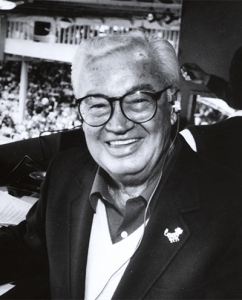
Harry CarayOne of baseball’s best-known and most-beloved sportscasters, Caray called games for more than a half-century with the Cardinals, White Sox, and Cubs. His signature “Holy Cow” call for home runs and great plays became part of our lexicon, and he spiced up the seventh-inning stretch with his sing-along rendition of “Take Me Out to the Ball Game” from the broadcast booth. |
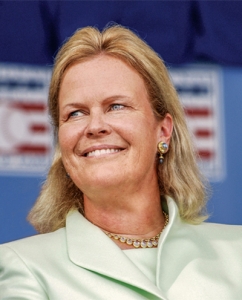
Jane Forbes ClarkIn 2000 Clark was named board chair for the Baseball Hall of Fame, the institution founded by her grandfather, Stephen C. Clark. As chairman, Clark has expanded the profile of the Hall and its ancillary events. Hall of Fame induction weekend now draws a crowd of around 50,000, and the ever-evolving museum remains one of baseball’s top attractions. |
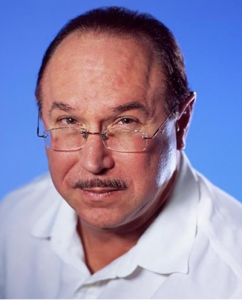
Victor Conte Jr.Conte founded and ran the Bay Area Laboratory Co-Operative (BALCO), the company at the center of the steroid investigation. To help its clients gain an athletic advantage, BALCO was at the forefront of uncovering and distributing newer and undetectable steroid-like substances such as the “cream” and the “clear.” The eventual federal grand jury investigation included testimony from high-profile players such as Barry Bonds, Gary Sheffield, Jason Giambi, and Benito Santiago. |
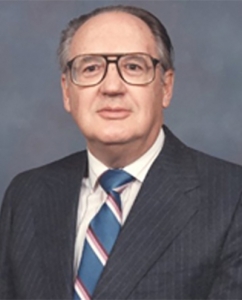
Bob DavidsA formidable and brilliant baseball researcher in his own right, Davids was the inspiration and energy behind the founding of SABR in 1971. From an initial meeting of 16 people in Cooperstown, SABR has expanded into a large, world-wide community of passionate baseball fans dedicated to improving our understanding of the game, preserving its history, and ensuring its future. |
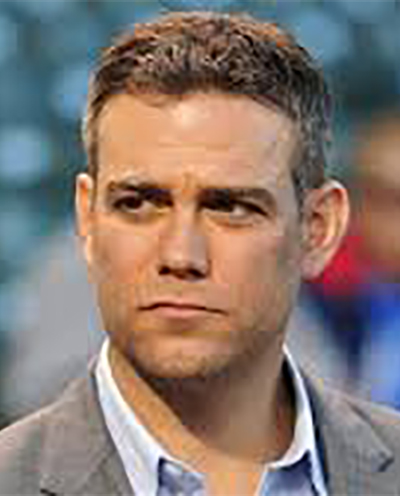
Theo EpsteinIn 2002 the Red Sox named 28-year-old Theo Epstein their GM. Epstein ended epic championship droughts in Boston in 2004 and later with the Chicago Cubs in 2016. With his success, the Epstein model — young, Ivy League-educated, focused on analytics — became, in many ways, the model for most subsequent GMs. Among his other accolades, in 2017 Fortune magazine put him at the top of their list of the world’s greatest leaders. |
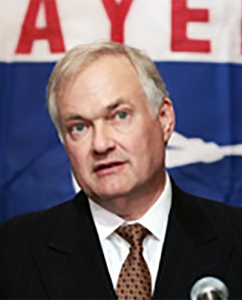
Donald FehrAs executive director of the Major League Baseball Players Association for over a quarter century, Fehr navigated the union through some of its most difficult confrontations and negotiations with the owners, while player salaries boomed. He successfully challenged baseball’s owners in the mid-1980s over collusion, kept the union together during the 1994-95 strike, and eventually reached a detente with the owners. Later in his tenure the wrangling shifted to steroid testing and associated penalties. |
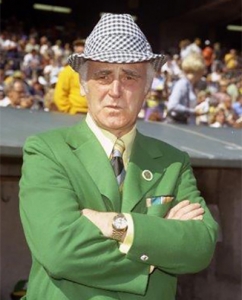
Charlie FinleyAs owner of the Kansas City and Oakland A’s, Finley acted as his own GM and won three straight World Series in Oakland from 1972 to 1974. Controversial for his treatment of his players and just about everyone else, Finley was tactless and tyrannical but outworked his fellow owners and original ideas flowed from him. Free agency essentially ended his reign. |
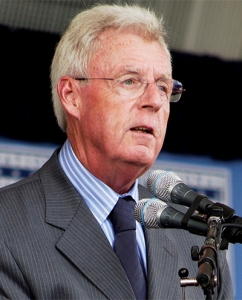
Peter GammonsPerhaps the dean of baseball sportswriters, Gammons has covered the game, principally for the Boston Globe, since before SABR launched in 1971. As one of the most influential and respected writers, for many years Gammons was the AL columnist at The Sporting News, and later in his career he held various positions as a baseball expert and insider at ESPN and The Athletic. |
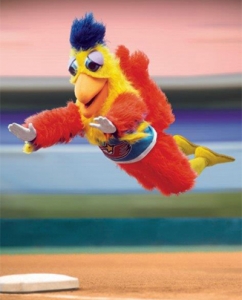
Ted GiannoulasKnown as the “San Diego Chicken” or the “Famous Chicken,” Giannoulas revolutionized in-game entertainment with his clever comedy routines during Padres games beginning in the 1970s. Dressed in a giant yellow chicken suit, Giannoulas’s antics revitalized attendance in San Diego and led to many other teams introducing mascots to entertain the fans during ballgames. |
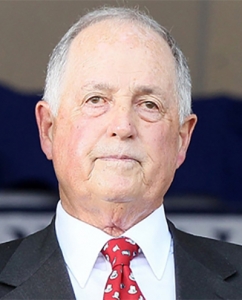
Pat GillickAs perhaps the era’s greatest GM, Gillick’s teams won three World Series titles, and he oversaw four different franchises that made it to the LCS at least twice. To find players Gillick used a “many rivers” approach, mastering the Rule 5 draft and signing some of baseball’s first Japanese stars. In 2011 Gillick was inducted into the Baseball HOF — the first person honored primarily for his role as a head of baseball operations since Larry MacPhail in 1978. |
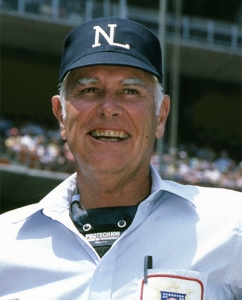
Doug HarveyThere have been many great and notable umpires over the past 50 years, but only one was dubbed “God” by the players and managers. Over his long career, the well-respected Harvey sustained a high standard for integrity, communication, and preparedness. He umpired in five World Series and six All-Star Games. |
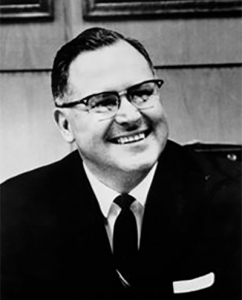
Bob HowsamOne of baseball’s greatest GMs, Howsam was the architect of the Big Red Machine. After helping extend the Cardinals’ window as GM in St. Louis (1965-67), leading to two pennants and the 1967 championship, he took over a good Cincinnati club and turned it into one of the best of all time in the 1970s. He knew the players in other organizations almost as well as their GMs did, and he made a series of spectacular deals. A labor hawk, Howsam never reconciled himself to free agency. |
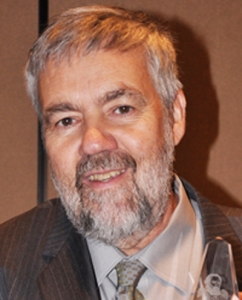
Bill JamesJames created and influenced an entire generation of baseball fans with his brilliant insights into the game, widely disseminated in his annual Baseball Abstracts (1977-88). He introduced a variety of new mathematical techniques to understand baseball and coined the term “sabermetric” to reflect this search for better methods of analysis. James’s charm also came from the clear and clever expression of his new ideas. |
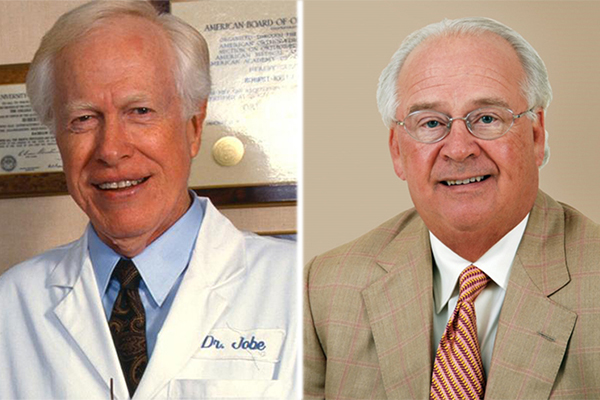
Dr. Frank Jobe/Dr. James AndrewsOrthopedic surgeons Jobe and Andrews represent the revolution in joint (such as knees, shoulders, and elbows) and ligament repair over the past 50 years. In 1974 Jobe pioneered the first “Tommy John surgery,” a now common procedure that has rescued many pitchers’ careers. Andrews performed thousands of surgeries on high-profile athletes and undertook a leading role in research and injury prevention. |
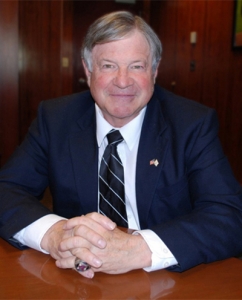
Jerry KapsteinThe first of the super agents, Kapstein represented many of the stars of the 1970s and helped change the bargaining balance between players and owners. The Harvard-educated Kapstein gave the players stronger voice and negotiating heft when parlaying with ownership and a more sophisticated public presence for conveying their position during disputes. Now known as Jeremy Kapstein, he has also served as President/CEO of the San Diego Padres and as an adviser and interim GM of the Boston Red Sox. |
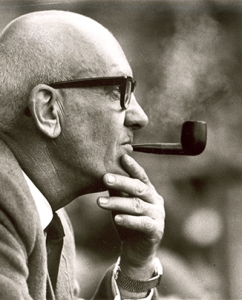
Ewing KauffmanAs the owner of the expansion Kansas City Royals, Kauffman built one of baseball’s best organizations, introducing innovations like the KC Baseball Academy and early analytics. He was a driven yet generous pharmaceutical entrepreneur who became one of the game’s more influential owners. |
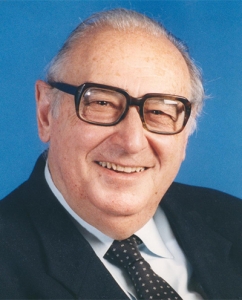
Leonard KoppettKoppett was a longtime sportswriter known for his intellectual rigor and evidence-based analysis. His articles and columns furnished an understanding of historical context, a statistical savvy ahead of his time, and a keen recognition of the relationship among events. Among others, he authored three highly influential baseball books: A Thinking Man’s Guide to Baseball, The Man in the Dugout, and Koppett’s Concise History of Major League Baseball. |
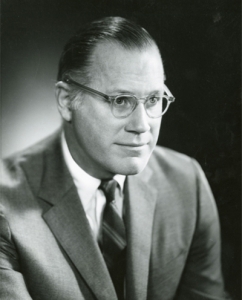
Bowie KuhnHired as the interim Commissioner in 1969 when none of the better known candidates could garner enough support, Kuhn soon got the job and survived until 1984. His tenure was marked by increased unrest by the players’ union, and outspoken players and owners. Kuhn seemed increasingly overwhelmed by events, and his doom-and-gloom forecasts regarding the ending of the reserve clause have not aged well. |
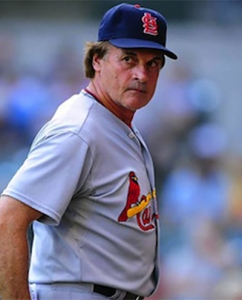
Tony La RussaThe second manager to win World Series titles in both leagues, LaRussa succeeded in several arenas. He crafted a strong White Sox club in the early 1980s, oversaw the “Bash Brothers” A’s a couple years later, and managed the Cardinals to nine postseasons and two World Series titles in 16 years. An inspired thinker, LaRussa was always looking for a new edge; most notably he is credited with popularizing the modern closer role. He ranks third all-time in wins by a manager behind Connie Mack and John McGraw — and he could surpass McGraw soon with the Chicago White Sox, who hired him to manage in 2021 following nine years in retirement. |
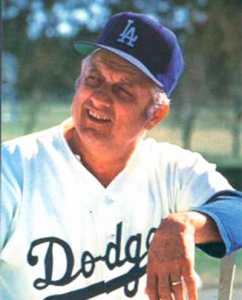
Tommy LasordaAfter a brief playing career and 15 years in the Dodgers system as coach or minor-league manager, Lasorda is most famous for his two-decade stint as Dodgers manager from 1977 to 1996. His teams won 8 division titles and 2 World Series, while Lasorda was a popular product spokesman and frequent Tonight Show guest. |
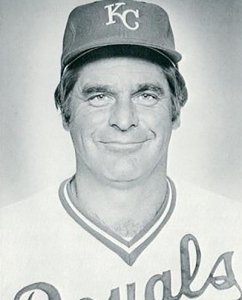
Charley LauBaseball’s first celebrity batting coach, Lau fostered a devoted following among many of the ballplayers he worked with, perhaps most notably George Brett. Many considered Lau, who coached for the Royals, Yankees, and White Sox, one of baseball’s greatest hitting instructors. His definitive approach and eagerness to share his knowledge through two books helped raise the visibility of baseball coaches. |
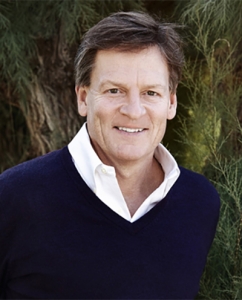
Michael LewisMore than anyone else, Lewis ushered in the debate around the use of analytics in baseball (and in many ways, wider society as well) through his 2003 bestseller, Moneyball, which controversially tracked A’s general manager Billy Beane. Lewis’s depiction brought a large increase in notoriety to baseball front offices, and, for many, he made front offices cool. |

Melissa LudtkeAfter being barred from the Yankees’ locker room during the 1977 World Series because of her gender, 26-year-old Sports Illustrated reporter Ludtke challenged her exclusion, suing baseball for equal access. The court ruled in her favor — ruling that the ban was unconstitutional and put women at an unfair disadvantage — one giant step on the way to opening sports reporting for all. |
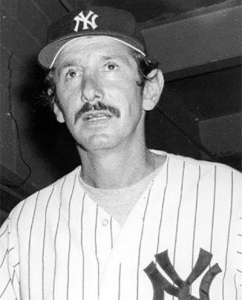
Billy MartinBy the time SABR was founded, Martin had already managed the Twins to a division title and been fired after a single season. This turned out to be a harbinger, as Martin would be hired and fired eight more times before his 1989 death, including five stints with the Yankees. He won four more division titles and the 1977 World Series. |
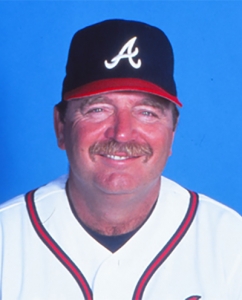
Leo MazzoneMost famous as the longtime (1990-2005) pitching coach for the Atlanta Braves, a team led by three Hall of Fame starting pitchers — Tom Glavine, John Smoltz, and Greg Maddux — who won six Cy Young Awards on his watch. All of his famous pitchers have sung Mazzone’s praises. |
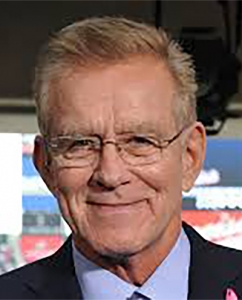
Tim McCarverAfter a fine 21-year career as a big league catcher, McCarver has spent more than four decades as one of the game’s most famous broadcasters. He called 23 World Series and 20 All-Star games, and was awarded the Ford C. Frick Award for broadcasting excellence in 2012. |
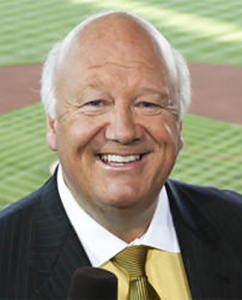
Jon MillerAfter brief stints with the Rangers and Red Sox, Miller spent 15 years as the voice of the Orioles and then 24 (and counting) with Giants, earning a reputation as among the most liked and respected broadcasters in history. He also served as the lead broadcaster for ESPN for 20 years, and called 13 World Series on the radio. He won the Frick award for broadcasters in 2010. |
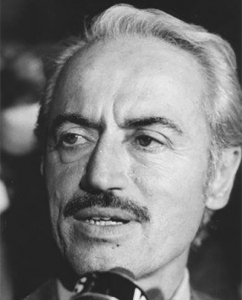
Marvin MillerMiller was the Executive Director of the MLBPA from 1966 to 1982, transforming it from a house organ to one of the most successful unions in American sports. Along the way he led the players through two successful strikes, dramatically increasing their salaries and benefits, and brought down the reserve clause in 1975. |
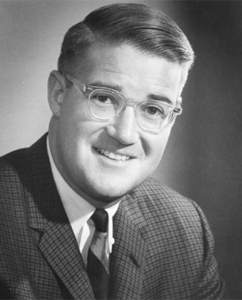
Peter O’MalleyTook over as Los Angeles Dodgers president in 1970, though he did not become the face of the club until his father Walter’s death in 1979. Under the younger O’Malley, the Dodgers continued their reputation for being baseball’s best run franchise, achieving many attendance records in the 1980s and winning five pennants and two World Series before O’Malley sold the team in 1996. |
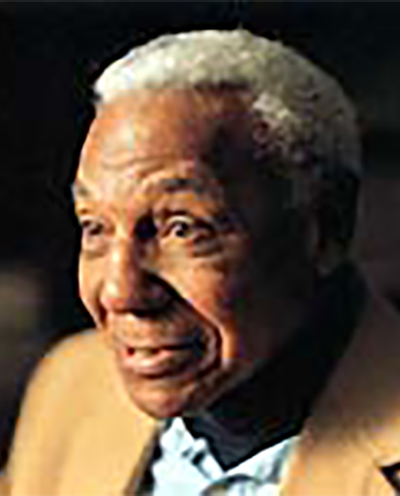
Buck O’NeilAfter a long career playing and managing in the Negro Leagues, and becoming the first African American majo- league coach with the Cubs in 1962, O’Neil gained fame for a later generation as a public spokesman for the legacy of the Negro Leagues. He was one of the on-air stars in Ken Burns’ 1994 documentary Baseball, and played a role in the founding and management of the Negro League Baseball Museum in Kansas City. |

Jerry ReinsdorfReinsdorf purchased the White Sox in 1981 and still owns the team nearly 40 years later. He quickly became one of baseball’s most powerful and influential owners and was a frequent ally of commissioner Bud Selig. On labor matters, Reinsdorf was a leading hawk and often at odds with the union leadership. On the field, the White Sox won the World Series in 2005, ending a drought that had lasted since 1917. |
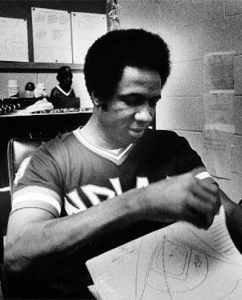
Frank RobinsonAlthough most of his playing career pre-dated SABR, he is recognized here for his trailblazing role as the game’s first African American manager (with the 1975 Indians) and the respect he held throughout the baseball world until his 2019 death. He served as manager for four teams, winning the Manager of the Year Award with the 1989 Orioles. |

Vin ScullyOn the short list of baseball’s greatest announcers, Scully called Dodgers baseball on the radio for 67 years, dating back to their tenure in Brooklyn. His rich signature voice, his masterful descriptions of game action, and his wonderful storytelling entertained and enriched generations of baseball fans. Scully also spent many years as a network TV sports broadcaster, including seven years in the 1980s as NBC’s lead baseball announcer. |
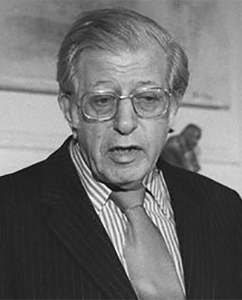
Peter SeitzOn December 23, 1975 arbitrator Seitz ruled that the infamous “reserve clause” in the standard player contract bound a player to his team for only one option year, not in perpetuity. By siding with players Andy Messersmith and Dave McNally and the players union, Seitz forever changed the relationship between ownership and the players and essentially created modern player free agency. |

Bud SeligAfter forcing out Fay Vincent in 1992, the owners named Brewers owner Selig acting commissioner, formalizing his title in 1998. When he retired in 2015, Selig was the longest serving commissioner since World War II. On his watch some semblance of labor peace arose after the brutal 1994-95 player strike, revenues multiplied, revenue sharing became meaningful, MLB Advanced Media launched, and interleague play and an expanded postseason began. Selig also struggled to confront the burgeoning steroid crisis. |
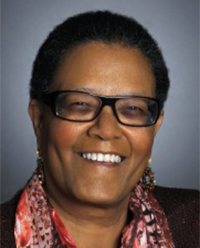
Claire SmithTrailblazing Smith was one of the first female reporters with a regular baseball beat. While working for the Hartford Courant, she was exiled from the Padres locker room following a playoff game in 1984. In response, new commissioner Peter Ueberroth ruled that all sportswriters should receive equal access. In 2017 the baseball writers awarded Smith the J.G. Taylor Spink Award, their highest honor, making her the first woman and fourth African American so honored. |
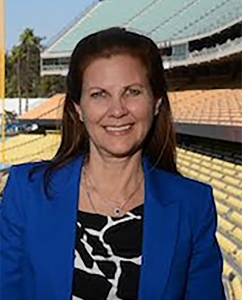
Janet Marie SmithArchitect Smith was instrumental in the design and layout of Oriole Park at Camden Yards, the first retro ballpark that became the model for the ballpark renaissance of the 1990s and 2000s. The park was known not only for its design, but how it was incorporated into its urban neighborhood. Since then, Smith has been involved with the revamping of Atlanta’s Olympic Stadium into Turner Field, the expansion of Fenway Park, and major renovations to Dodger Stadium. |
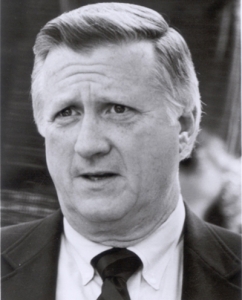
George SteinbrennerHe bought the New York Yankees in 1973 and ran them until his death in 2010. During his long tenure, Steinbrenner fought with commissioners, his own managers and players, and occasionally fans, and made his team the most important and successful club in the sport, winning seven World Series. |

Ted TurnerTurner purchased the Braves in 1976 and quickly incorporated the team into his budding media empire. When Turner turned his Atlanta UHF TV station into the first “super-station” — providing programing to emerging cable companies—Braves games were televised outside their home market and developed a national following. Before Turner Broadcasting Systems merged into Time Warner in 1996, the franchise had become one of baseball’s most respected. |
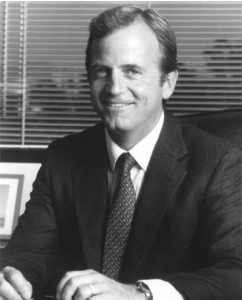
Peter UeberrothAfter replacing Bowie Kuhn as commissioner in 1984, Ueberroth brought a business expertise and CEO-type outlook to the office. He helped negotiate a new lucrative television contract and pushed for drug testing. With less successful long-term consequences, under a banner of “fiscal responsibility” the owners began working collectively to keep salaries in line, actions that ultimately led to the collusion settlement. |
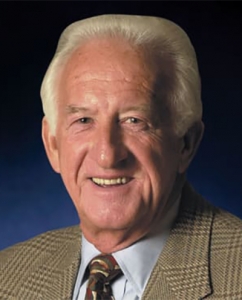
Bob UeckerOne of America’s most beloved personalities, Uecker has been calling Milwaukee Brewers games on the radio since 1971. Along the way he was a frequent guest on Johnny Carson’s Tonight Show, and starred in iconic Miller Lite beer commercials, a TV sitcom, and the movie Major League and its sequels. Several of his wonderful one-liners have become part of our culture. |
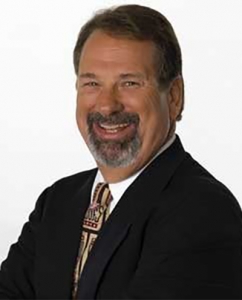
Mike VeeckThe grandson of William Veeck Sr., longtime executive of the Cubs, and the son of Hall of Fame owner Bill Veeck Jr., Mike Veeck was instrumental in the reintroduction of independent baseball in the early 1990s. In partnership with actor Bill Murray and lawyer/investment banker Marv Goldklang, Veeck launched the St. Paul Saints, in many ways the flagship team of independent baseball, and his creative promotions inspired teams throughout MLB and the minor leagues. |
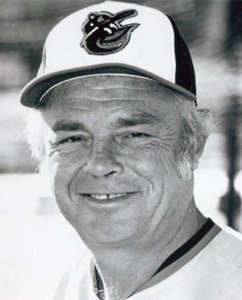
Earl WeaverWeaver managed the Orioles for 17 seasons, compiling the sixth highest winning percentage among managers with at least 1,000 wins. Small of stature but fiery, Weaver was notorious for his confrontations with the umpires. He was a master at organizing a roster, a great game strategist, and ahead of his time in identifying statistical edges. |
Photo credits: National Baseball Hall of Fame Library, MLB.com, Atlanta Braves, ESPN.com, Fox Sports, Historic Dodgertown, Kansas City Royals, Los Angeles Dodgers, Milwaukee Brewers, Oakland Athletics, San Diego Padres, San Francisco Giants, St. Louis Cardinals, The Topps Company, Trading Card Database. Used by permission.


